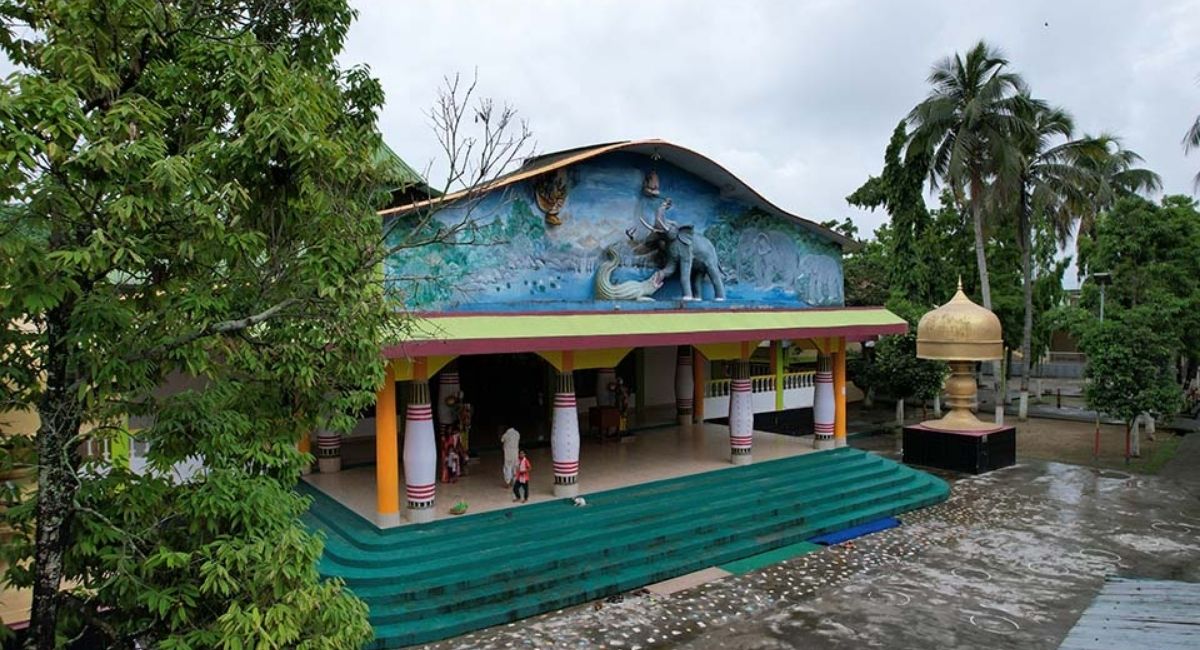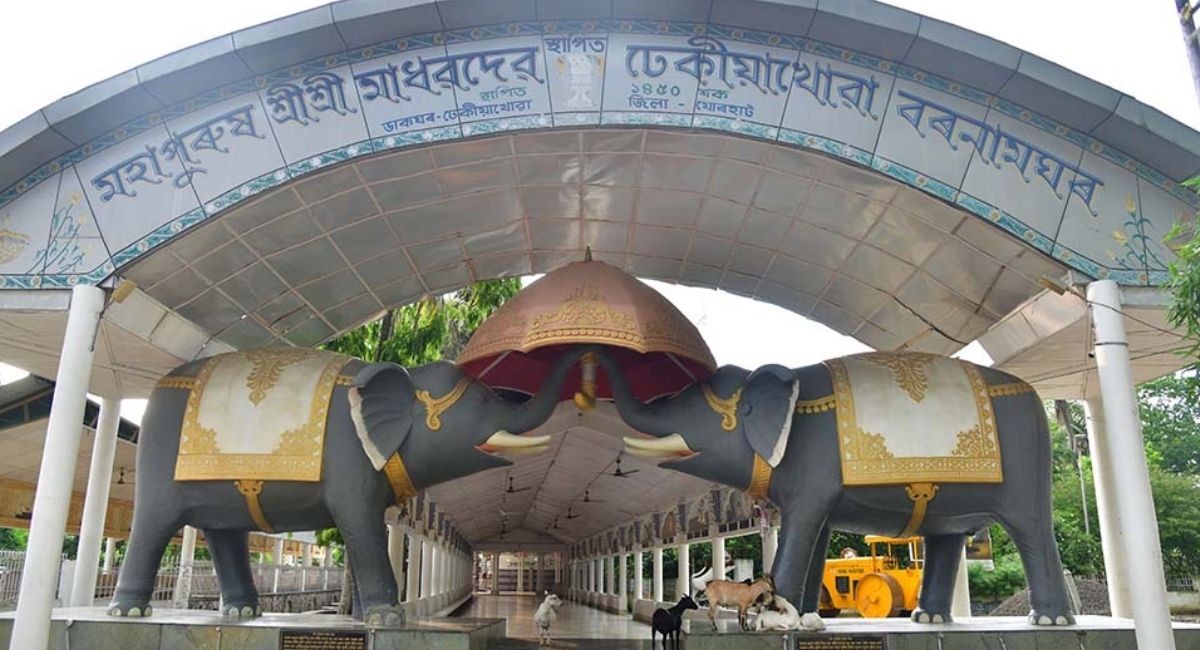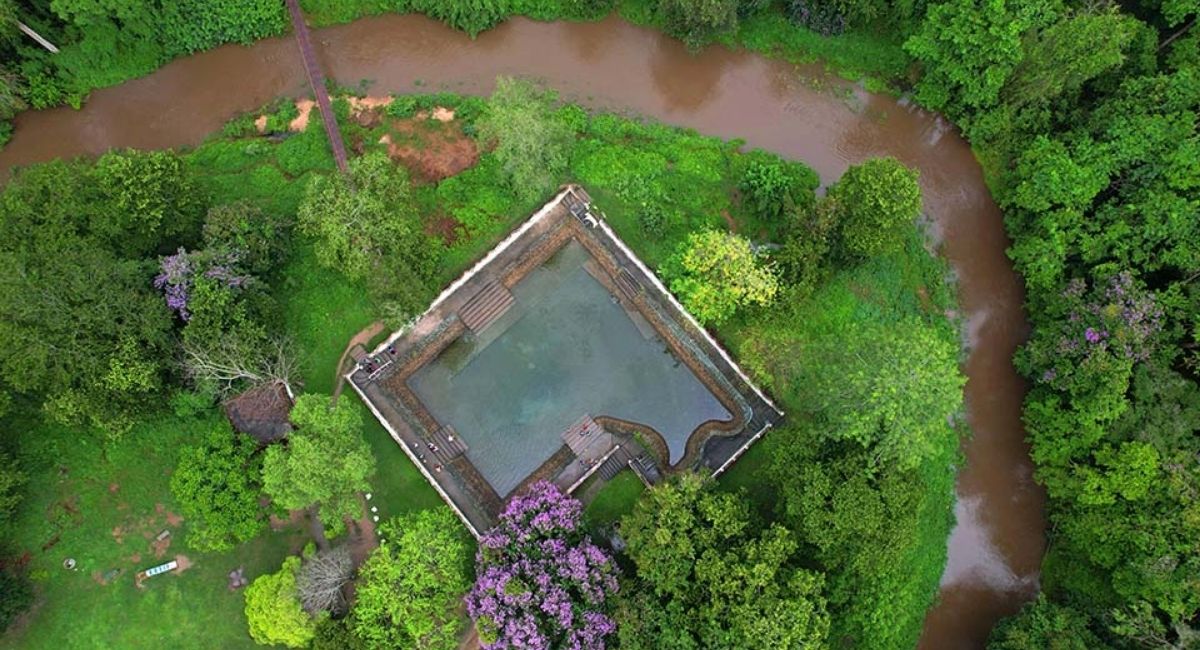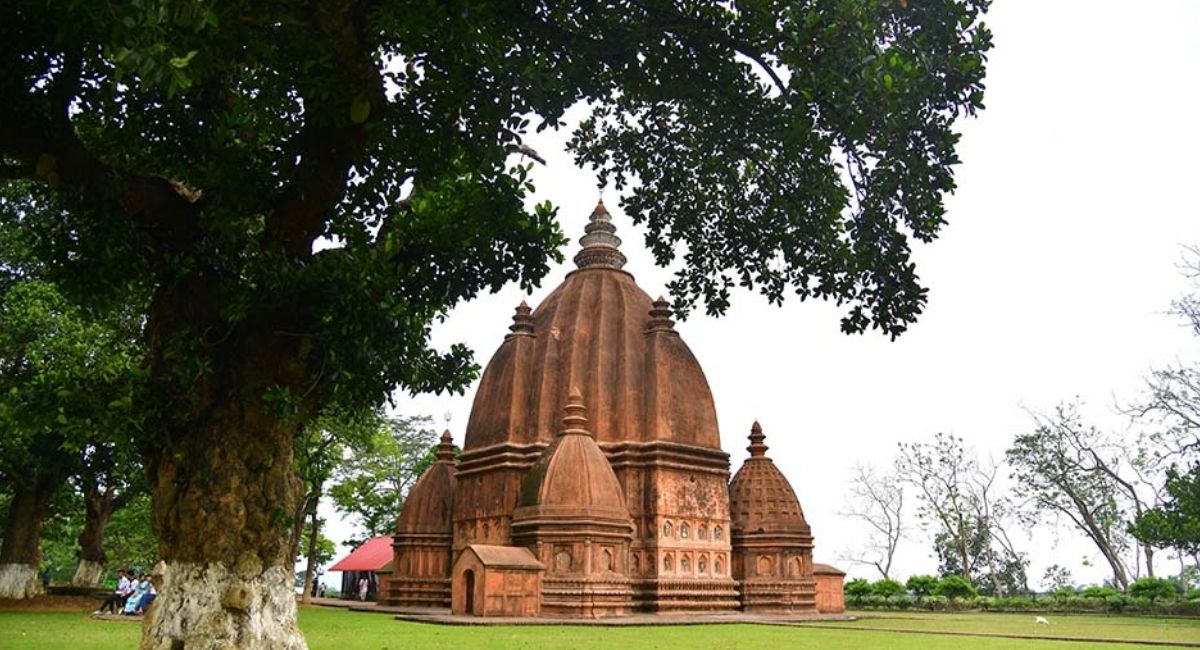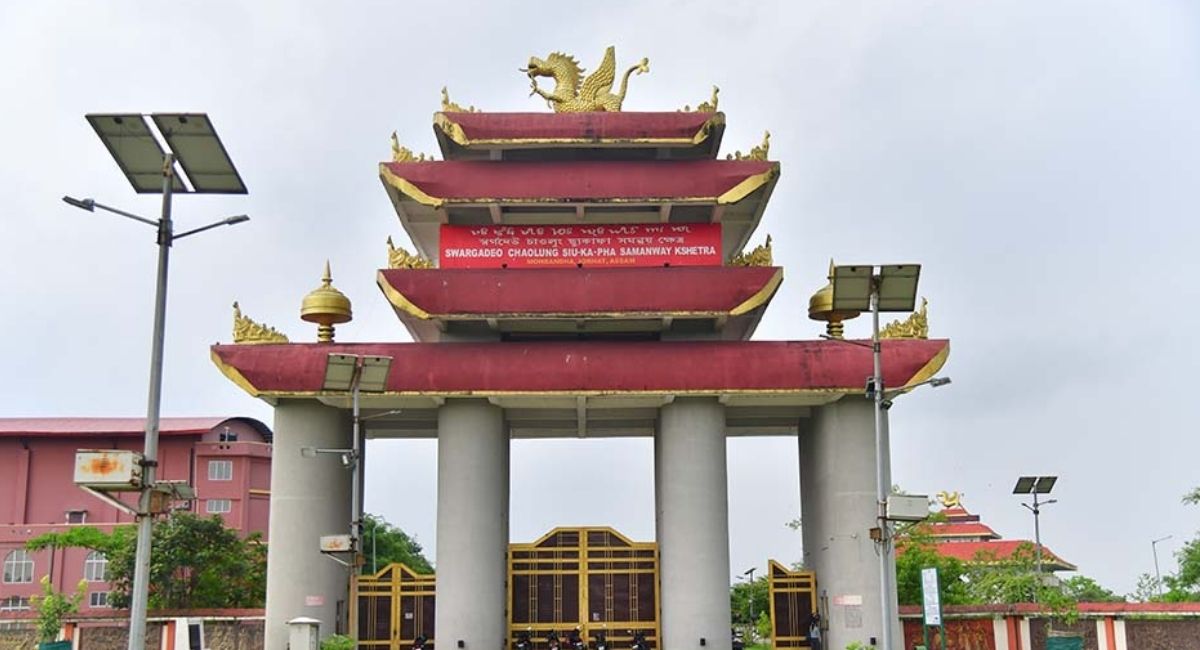Golaghat & Jorhat
Golaghat & Jorhat Tour Package
Golaghat
Golaghat has a long history of settlements and migration from a 9th century Kachari kingdom of the Doyang-Dhansiri valley which is now located on the Assam-Nagaland border, to the planned settlements during the rule of Ahoms in the 16th century, up to the modern period beginning with the British Raj. The name Golaghat finds its origin in two Oxomiya words: Gola meaning cannonballs, and ghat meaning river port, that was located near the Dhansiri river. A visit to Golaghat is a visit to Assam’s medieval history.
Jorhat
Jorhat, the last capital of the erstwhile Ahom kingdom, derives its name from the twin ‘haats’ or markets, Masorhaat and Sowkihaat, that stood on the opposite banks of the Bhogdoi river. It remained the capital of the Ahoms for 37 years until the dynasty came to an end in 1838. At the peak of its existence, the Ahom kingdom thwarted 17 Mughal attacks, the last one culminating in the famous Battle of Saraighat led by Lachit Barphukan in 1671.
Detailed Itinerary
Stay over at Kanchanjuri Tea Estate
